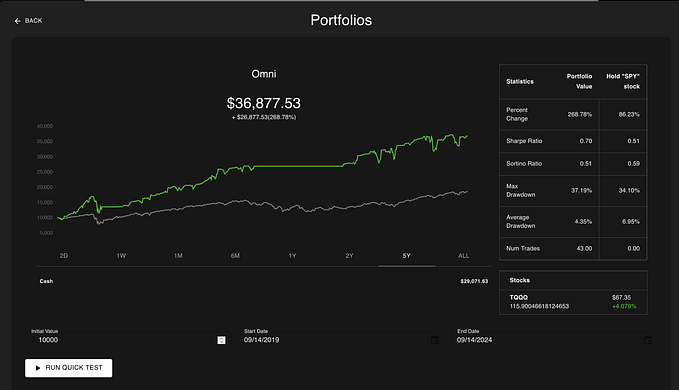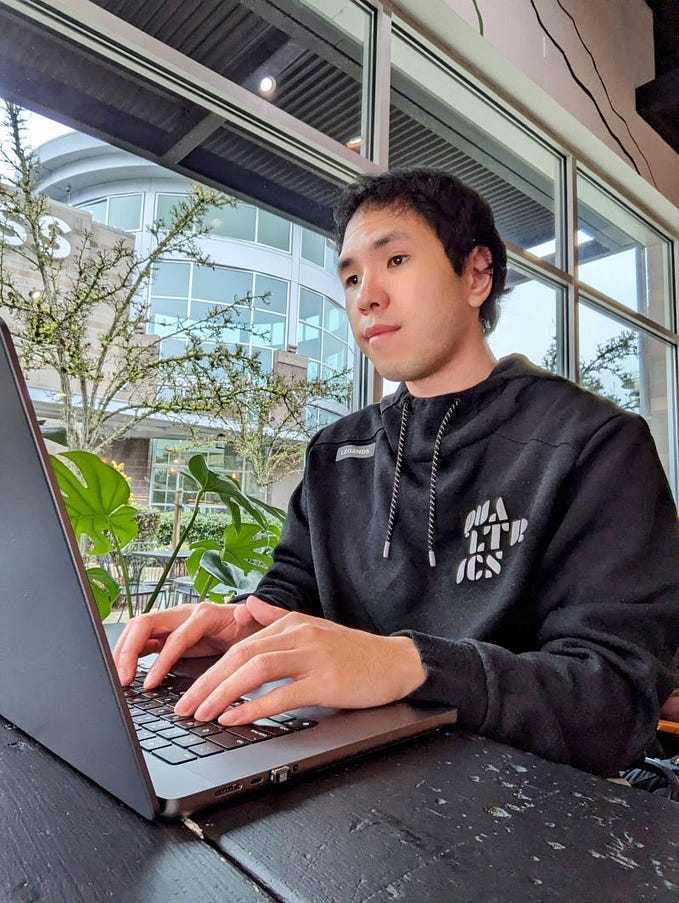Own the Narrative of Your Virtual Space

The intent of VR is to present an immersive “virtual” experience that convinces the participant through sensory and technical means that they are in fact in another “place.” — Brenda Laurel
Social Virtual Reality platforms are working to generate engaging experiences that draw people in and motivate them to return. It led me to wonder — what are the core elements what make humans feeling comfortable and stimulated and turns them into repeat visitors? To answer that question, I gave demos of social VR platforms to nine experts of spatial & social experience design and then asked them for their impressions. (Read the study’s introduction here)
Everything in your VR app is fair game for interpretation. What you do or don’t do when designing a space has meaning. Even if you’re not being intentional, people will guess at your intent. If you don’t consider implications, users will experience consequences. If you’re not creating the story, it will get away from you. From the construction of virtual space to the avatars populating scenes, from sound design to lighting, if you’re not aware of and actively shaping a narrative across all aspects of an experience, users will create their own narratives– including ones you might disagree with. One participant is formally trained in architecture, but now works at a retail brand. He shapes the shoping experience for people who visit the store and this was his take on a shopping experience in VR that I showed him:
We need the elements of what happens in a movie. It needs to be directed. You have got the director, you have the procession. Maybe the user doesn’t realize it, but the experience has to be planned out and directed by someone… There is a storytelling aspect. You can’t create pieces, throw them in and have them interact. There has to be something that holds it together.
Another way to own your narrative is to anticipate and get in front of people’s expectations of a space. Going into virtual space, many people in this study compared details to what is familiar to them in physical reality. When a VR experience mimics physical reality, expectations of physical reality– in the form of users beliefs and behaviors–will dominate.
We’re trying to mimic real life in some sense, but there is such a long way to go.
Calling current state social VR “Virtual Reality” set up too many participants up for disappointment. In particular, the users who were the least tech savvy were the most harsh in their critiques of the virtual spaces that they toured. One person in a steampunk-y environment, which looked polished to me, had a totally different perspective:
“It feels a little cheap.”
I believe that their expectations were too high based on the label of VR and its representations in popular culture. In a different research study that I conducted, one person used HBO’s Westworld to describe what she thinks VR would be like before I put the headset on her. Woah, hold your horses there.
I think the opportunity for VR creators is to design elements that are so novel that comparison to the physical world doesn’t even occur to users. One way to own the story is to get away from physical world standards. To some extent, this is already happening in many virtual places that my participants visited. When one person visited nightclub and was surrounded by a range of bizarre avatar, she noted:
“I feel like I’m in the Star Wars cantina.”
She seemed bemused by the experience. It felt utterly new to her. She told me that it wasn’t a place she would talk with people or want return to, so those aspects would still need to be iterated on for the future.
While perfecting spatial design can be a goal, another strategy is to to make something far enough removed from the familiar– or so complete in and of itself even if it is familiar– that no one can compare your creations to:
· a garage sale
· a closed warehouse
· airport baggage claim
As you can see, the participants in this study were very direct in pointing out what felt crude to them. Two participants asked me for career advice on how they could switch jobs into VR because they had so many ideas on how to make these experiences more engaging and welcoming. They wanted to go in with formal design theories and radically shift current experiences.
In my next blog post, I’ll discuss one of their ideas - how spaces signal to the visitor who belongs and who doesn’t.










